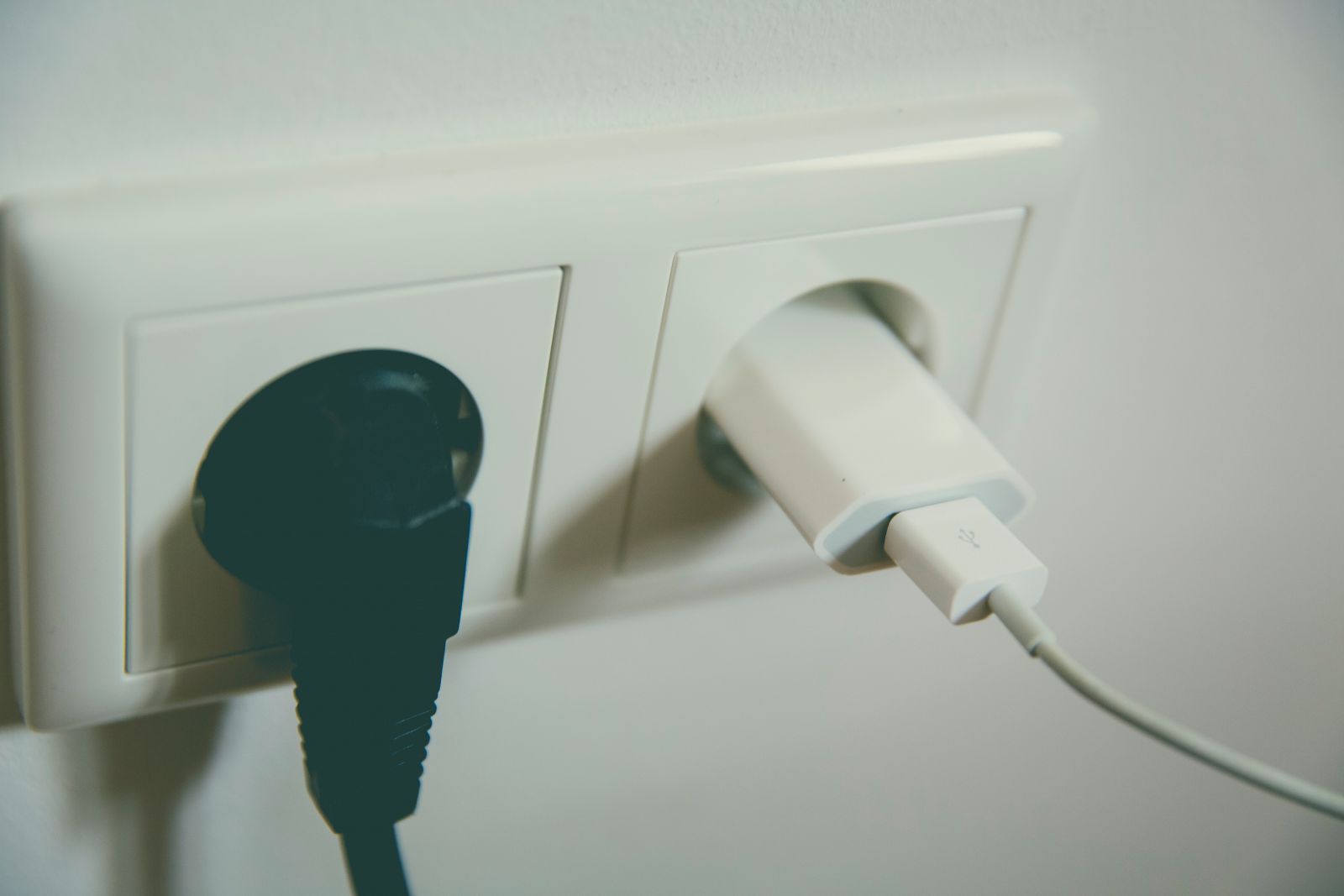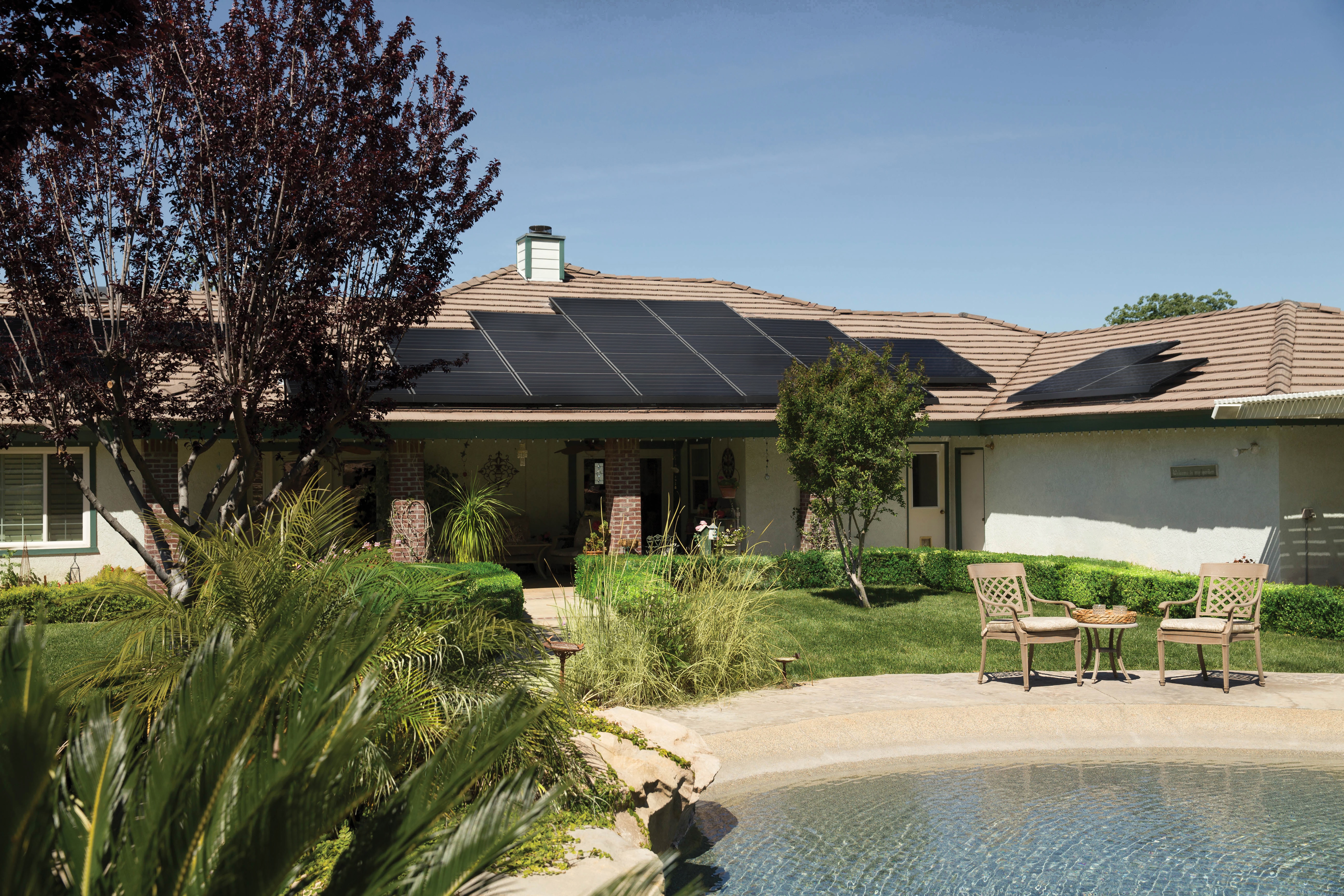The average U.S. resident’s yearly carbon footprint is over 16 metric tons, that’s the equivalent to charging over 2 million smartphones for an entire year! To help lower our carbon footprint, we all need to make some lifestyle changes. Whether that’s by eating a more plant based diet or walking instead of driving, we can all find ways to make our daily lives more earth friendly. To help, we’ve come up with a few small changes you can make today to reduce your carbon footprint:
VAMPIRE ENERGY

Appliances and electronics plugged into the wall but not in use still use energy and this standby energy can be costly. Computers, printers, home entertainment systems, appliances and TVs make up about 70% of the vampire energy households consume. Americans spend $2 billion each year on the standby power consumed by cable boxes alone and studies have found that vampire energy loads account for about 1% of the world’s carbon dioxide emissions. Here are a few ways to combat standby energy in your home:
- Invest in a powerstrip with a timer that turns your unused electronics off when you aren’t using them.
- Unplug unused items, disconnect seldom used TVs, printers or other electronics and plug in only when needed.
WINDOWS & DOORS

10-25% of our thermal energy goes straight out the window, literally. Old, drafty windows and doors make it hard to heat and cool our homes properly. The U.S. Department of Energy estimates that upgrading even one single paned window can save between $126 to $465 a year. If replacing windows isn’t an option, there are still ways to save:
- Drawing the curtains at dusk can reduce heat loss by up to 17% and closing them in warmer weather can reduce home heat intake by 33%.
- Weatherstrip leaky doors. Sealing the cracks around your doors, even those less than ¼” can save up to $54 in heating and cooling costs per door per year.
LET THERE BE LIGHT, OR NOT

Remember your parents telling you to turn off the lights before you leave the room? They weren’t wrong. The average house has 40 light bulbs, accounting for roughly 20% of your electric bill. A single incandescent left on for an extra hour/day can cost $24/year. 40 bulbs x $24 is an extra ~$1000 of unneeded money and light per year.
MAKE ENERGY EFFICIENT HOUSE SWAPS

If you have the means, bigger energy efficient swaps can reduce your carbon footprint significantly. Larger house swaps might include:
- Replacing old appliances with energy efficient ones. Energy efficient efrigerators, dishwashers and washers/dryers use less energy to do the same task and help save you money.
- Smart thermostats can help automate temperature controls in your home which can save 10-12% on heating and 15% savings on cooling, roughly $131-145 per year.
- Solar panels have steep upfront costs but can save you over $100 per month on your energy bill and qualify you for a 30% federal tax credit.
Small changes can make for large impacts. To calculate your personal carbon footprint and find more ways to reduce your carbon footprint, visit The Nature Conservancy.
For more tips from your local green realtor, check back next month, and as always, if you’re interested in selling, buying or have questions about a greener home buying experience, contact us. We love being your local green resource.
« Back to Blog Posts

